Where Did the Chef Hat Come From?
The great thing about working in a kitchen is the tradition. Everything has a history, from the techniques used to prepare dishes to the uniforms chefs wear. It’s part of what makes being a cook or a chef so incredible; when you step behind a kitchen line, you become part of a historical tradition that dates back over 2,000 years ago.
The chef’s hat, also known as a toque, is an iconic and distinctive headwear worn by professional chefs worldwide. This tall, pleated hat serves practical and symbolic purposes, embodying the rich traditions and standards of the culinary arts.
The history of the chef’s hat is deeply rooted in the heritage of the culinary profession, and its significance has transcended time, becoming a symbol of expertise and authority in the kitchen.
The origins of the chef’s hat can be traced back to ancient times. In the early days of cooking, chefs wore simple skullcaps or headscarves to keep their hair out of their faces and protect their heads from heat. However, as the culinary profession evolved and gained prestige, so did the attire of the chefs. It was in the 16th century that the chef’s hat, as we know it today, began to take shape.
Ancient Times
The Assyrian Empire existed from approximately the 25th century BC to the 7th century BC, with the height of its power occurring in the 9th to 7th centuries BC. It is worth noting that the seventh century AD falls outside the period of the Assyrian Empire. However, during the Assyrian civilization, there was evidence to suggest that chefs or individuals associated with food preparation wore specific head coverings.
In ancient Assyria, depictions and reliefs often portrayed individuals involved in food-related activities, such as cooks or servants, wearing cylindrical caps or headbands. These head coverings were not crown-like hats per se but relatively simple and practical garments that helped keep their hair out of the food and protected them from heat or other kitchen hazards.
The Assyrians were known for their grand palaces and elaborate feasts, so there were likely individuals responsible for food preparation and service who wore distinctive head coverings to distinguish their roles. However, these head coverings’ exact styles and designs can vary based on the specific time period and regional influences within the vast Assyrian Empire.
It is essential to remember that archaeological evidence from the Assyrian Empire primarily consists of artistic representations, reliefs, and inscriptions. While these sources provide valuable insights into the culture and practices of the time, they may need to provide a comprehensive picture of the exact details of clothing and headwear worn by individuals in specific roles.
Early History
The history of the chef’s hat, also known as a toque, can be traced back several centuries. Its origins can be found in the kitchens of Europe, particularly in France, where it symbolized culinary expertise and professionalism.
The precise beginnings of the chef’s hat could be clearer, but it is believed to have emerged during the 16th century. At that time, chefs began to wear hats that were more than just practical head coverings. These early hats were typically made of cloth and were designed to protect the chefs’ heads and hair from heat and sweat while working in the kitchen.
However, the renowned French chef, Marie-Antoine Carême, played a significant role in shaping the modern chef’s hat. Carême, a culinary pioneer in the late 18th and early 19th centuries, is often credited with popularizing the iconic tall, pleated design we associate with the chef’s hat today.
Marie-Antoine Carême’s Contribution to Chef Hats
Carême believed that the height and structure of the hat represented the chef’s rank and level of expertise. He established a hierarchy based on the number of pleats in the hat, with each pleat signifying a particular culinary knowledge and skill level. This system allowed for easy identification of a chef’s status in the kitchen, providing a visual indicator of their experience and authority.
The chef’s hat also served practical purposes. The tall, cylindrical shape helped to dissipate heat, allowing the chef’s head to stay cool in hot kitchen environments. The wide brim acted as a shield, preventing hair and sweat from falling into the food. The white color of the hat was chosen to symbolize cleanliness and hygiene, as any stains or dirt would be immediately visible.
Over time, the chef’s hat became a practical accessory and a symbol of professionalism and excellence in the culinary world. It represented the dedication and commitment of chefs to their craft, and it commanded respect from their peers and diners. The hat became an emblem of the culinary profession, recognized worldwide as a symbol of gastronomic expertise.
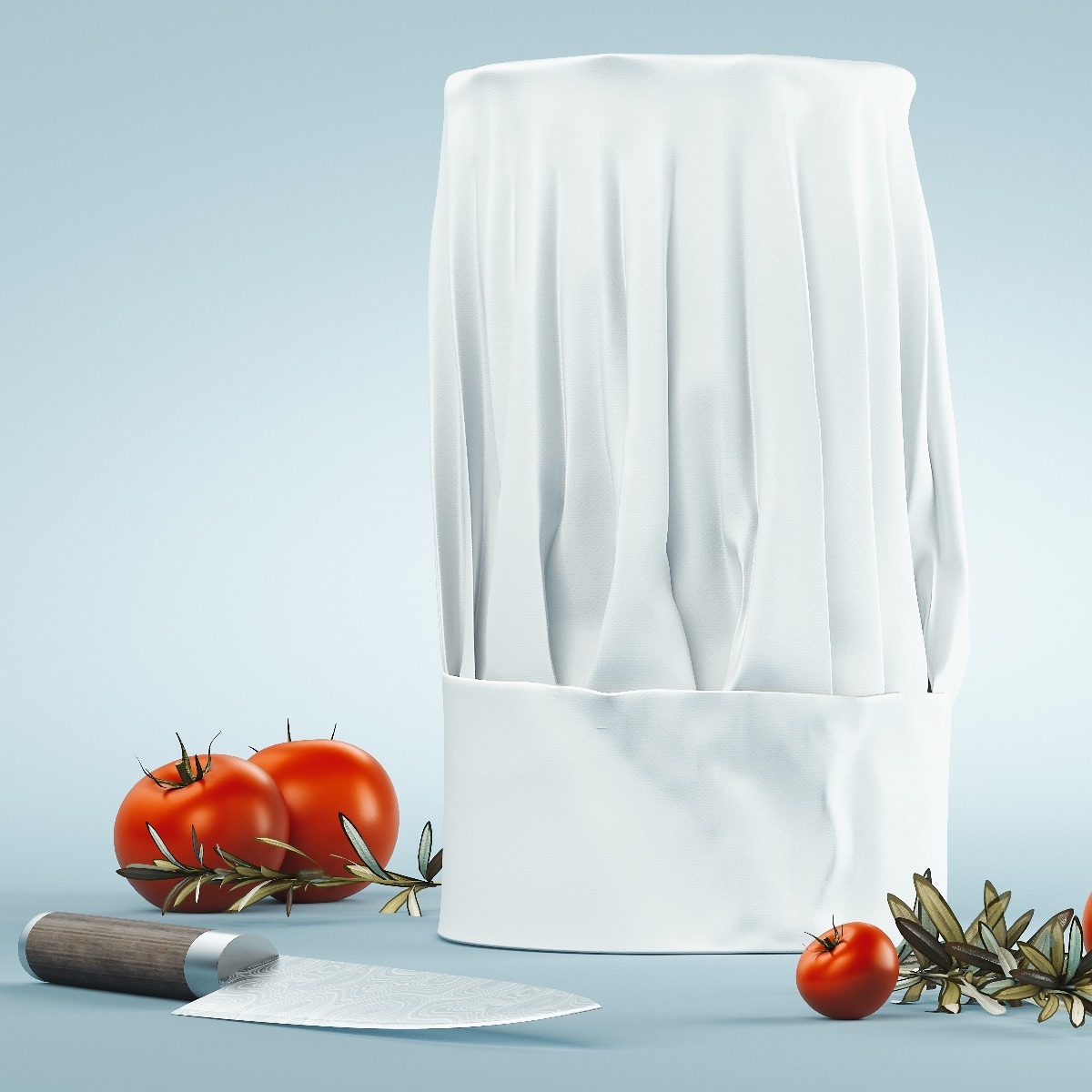
How Many Pleats Do You Have?
The pleats on a chef’s hat hold symbolic significance and traditionally represent the level of experience and expertise of the chef wearing it. The concept remains the same while the precise number of pleats and their meanings can vary across culinary traditions and establishments.
In the culinary world, the height and number of pleats on a chef’s hat historically indicated the chef’s rank, level of experience, and seniority in the kitchen hierarchy. The more pleats a hat had, the more experienced and skilled the chef was considered to be. Each pleat was believed to represent a specific culinary technique or recipe that the chef had mastered.
For example, a chef with a hat featuring one or two pleats might have been an apprentice or a junior chef, while a chef with a hat adorned with eight or more pleats could be a master chef or executive chef with extensive knowledge and expertise. The precise number of pleats and their corresponding meanings could vary between different culinary establishments, culinary schools, or even countries.
Modern Times
Modern chefs have embraced a range of headwear options beyond the traditional tall, pleated toque. While the iconic toque remains a symbol of the culinary profession, its practicality and strict adherence to hierarchy have been somewhat relaxed in contemporary culinary culture. Here are some of the common types of chef’s hats worn by modern chefs:
- Traditional Toque: Many chefs still prefer to wear the classic toque, which is tall and pleated. The number of pleats can vary, but the design follows the traditional style. This type of hat is often seen in fine dining establishments or kitchens that emphasize culinary tradition and formality.
- Skullcap: A skullcap, also known as a chef’s cap or beanie, is a close-fitting, round cap that covers the head. It is typically lightweight, breathable fabric and provides a snug and comfortable fit. Skullcaps are popular among chefs who prioritize comfort and practicality, especially in fast-paced and high-temperature kitchen environments.
- Baseball Cap: Some chefs opt for a baseball cap featuring a curved brim and a structured crown. These caps provide shade and can be worn to keep hair out of the face while adding a casual and contemporary touch to a chef’s attire. They are often seen in more relaxed or casual kitchen settings.
- Bandana or Headscarf: Chefs who prefer a more personalized and unique style may wear a bandana or headscarf. These can be tied around the head to keep hair in place and offer protection from heat and sweat. Bandanas can come in various colors and patterns, allowing chefs to showcase their personal flair.
- Chef’s Beret: A beret, traditionally associated with French cuisine, is a round, flat hat made of soft material. It sits snugly on the head and adds a touch of elegance and sophistication to a chef’s attire. Chefs working in French or French-inspired kitchens often wear berets for a classic and stylish look.
It’s important to note that the choice of headwear can vary based on individual preferences, culinary establishment guidelines, and local health and safety regulations. Hygiene and cleanliness remain key considerations, regardless of the style chosen, as chefs must ensure their headwear is clean and well-maintained.
Modern chefs have expanded their options for headwear, moving beyond the traditional toque to embrace skullcaps, baseball caps, bandanas, chef’s berets, and other styles. The choice often reflects a balance between personal comfort, practicality, and the atmosphere and expectations of the culinary establishment.
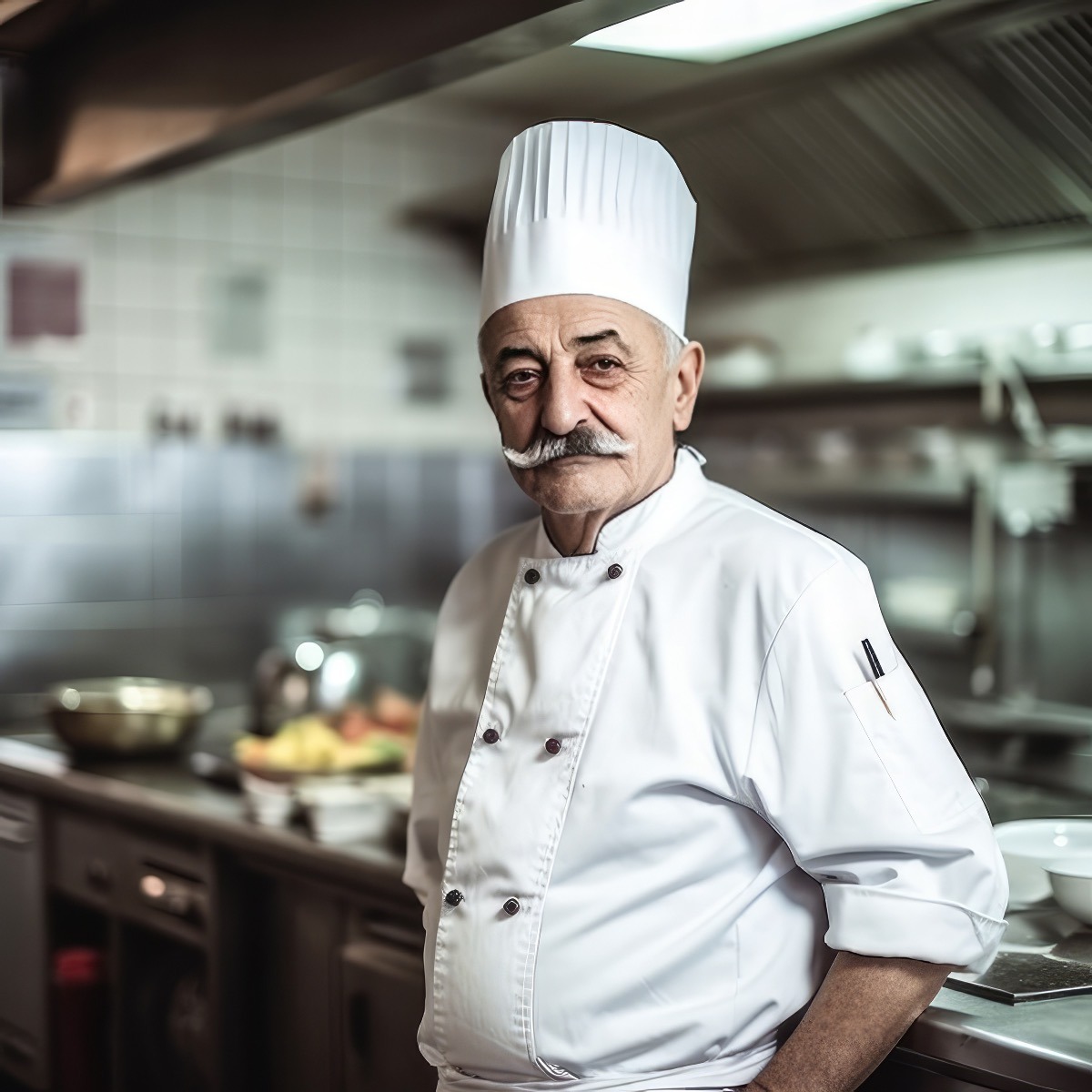

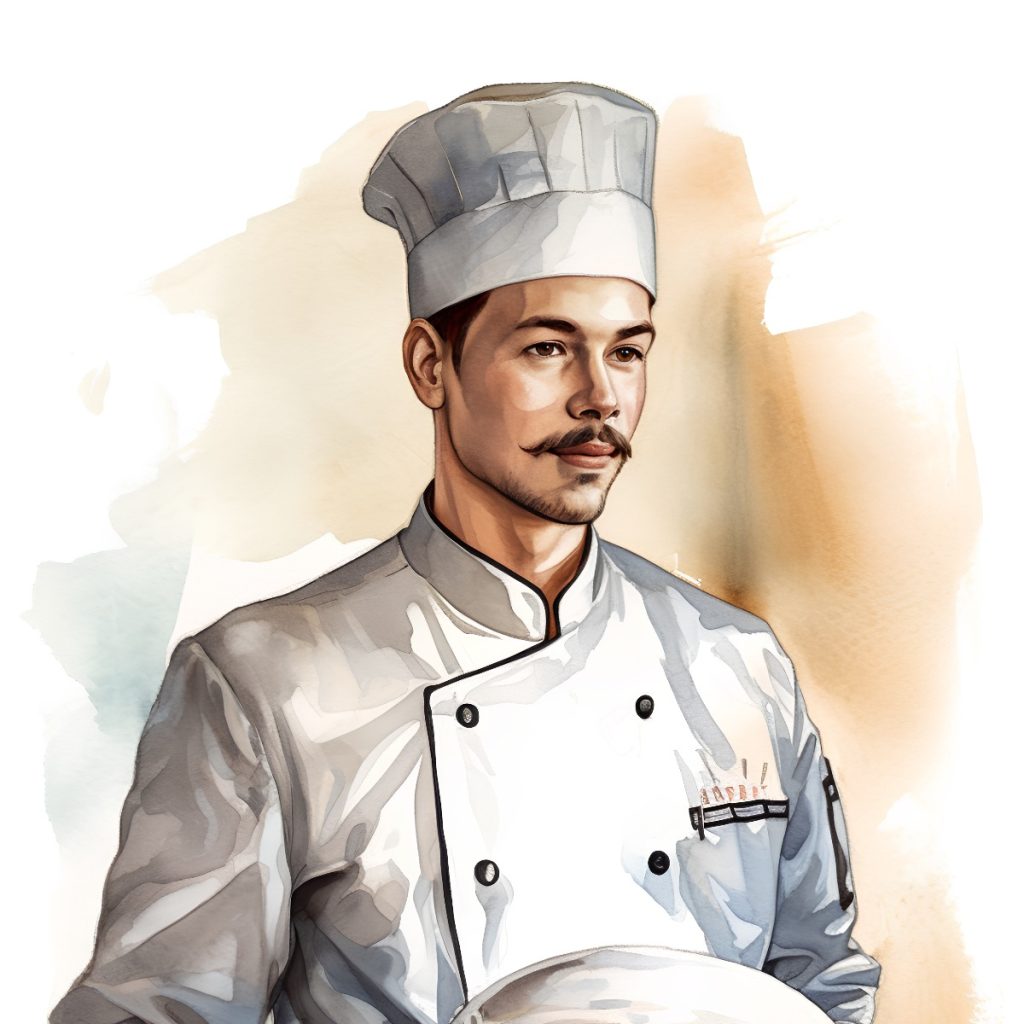
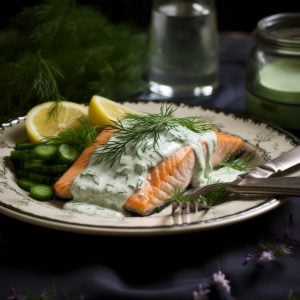





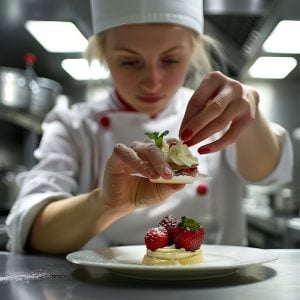
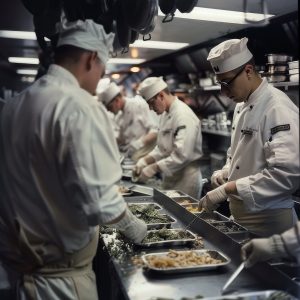



13 Responses
I have always wondered how those tall hats stay on the head when bending over a pot of soup?
Toque Blanche
Is it ever possible to just wear a short, straight-side, mesh-top flat cap, no matter what your experience level? I dislike braggadacio in any form.
It’s not braggadocio, as anyone who has ever worked in the service industry knows. A chef never need brag, everyone knows the chef has earned their spot.
In fact, The French tradition in running a kitchen is called a brigade…meaning the same as it would in a military sense: the chef is at the top, and his attire makes that clear to everyone, akin to the general or the admiral
Varying height hats isn’t necessarily braggadacio. Many of us prefer to quickly know who is in charge. In the military, look for who has the most stripes. That’s order, not braggadacio. To me, arrogance comes from attitude and actions, not what you’re wearing.
Well said!
I love to cook, can’t wait to be a chef!
Is there is list of the 100 ways to cook an egg that the pleats stand for
Marilyn, I did find a blog called 100 Ways To Cook An Egg at https://100waystocookanegg.wordpress.com/
I was always taught that it’s not 100 DISHES, but actually a certain amount of ways to cook the egg.
By this I mean, the link posted in one of your responses lists 100 egg recipes, but in truth, many of those recipes call for you to cook the egg the same exact way…i.e. Egg salad and a hard boiled egg.
I can’t remeber the exact number, but the pleats on a chef hat represent the amount of ways to cook an egg, not the amount of recipes you’ve mastered.
i did not know that those hats/pleads has a meaning at all, that’s is really cool!
I thought it was interesting and good to know.
very cool to know